A major operational reset in BMW's factory and supply chain is hunting down huge, 60% savings in CO2 by 2030 to offset rising energy use as the company pushes towards net-zero carbon.
At odds with their capacity to slash carbon output in use, electric car batteries are actually increasing carbon production in manufacturing, because of the heavy energy consumption of the mining/refining process for the rare earth metals used inside the cells.
In fact, BMW's analysis suggests that the switch to battery-electric powertrains for its whole output of 2.5 million cars will increase the manufacturing carbon footprint by 40%, demanding dramatic action throughout the supply chain to maintain progress towards net-zero carbon by 2050.
"Manufacturing of batteries is a significant consumer of energy because of processing the cell materials and is now one quarter of all the CO2 in a battery-electric vehicle," says Thomas Becker, BMW's head of sustainability and mobility.
Each BEV cell, for example, needs multiple major components, a metal or plastic case to contain the liquid lithium electrolyte, rare earth metals like nickel, cobalt and copper for the anode and cathode, and a plastic separator to insulate the anode from the cathode. The bulk of the key materials are sourced from outside Europe and shipped in from Africa, Asia and South America.

As a result, the worldwide switch to an all-BEV fleet will push BMW's manufacturing CO2 up by a whopping 40%, requiring a 60% cut in carbon by 2030, throughout all its operations, to offset the increase and, at the same time, push overall emissions down on the glidepath to net zero.
"We need to bring down our CO2 footprint 60% to get an overall reduction of 20%," says Becker.


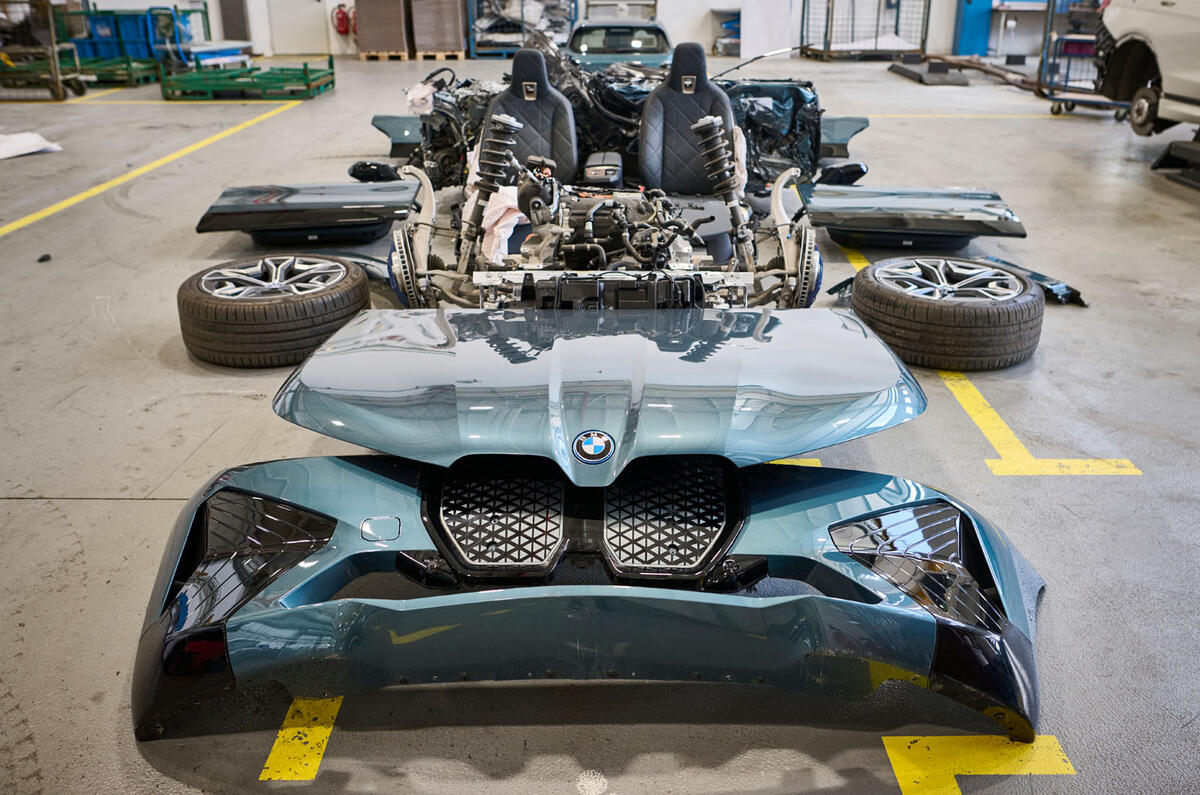
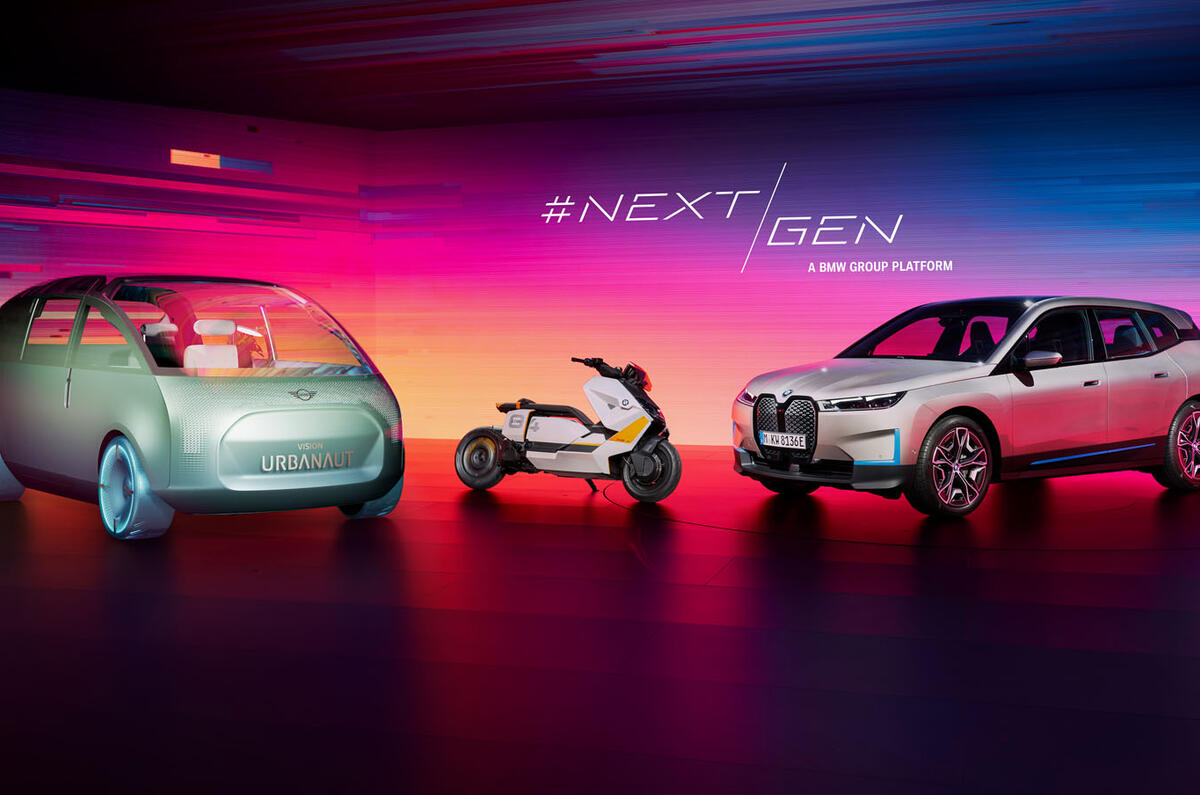
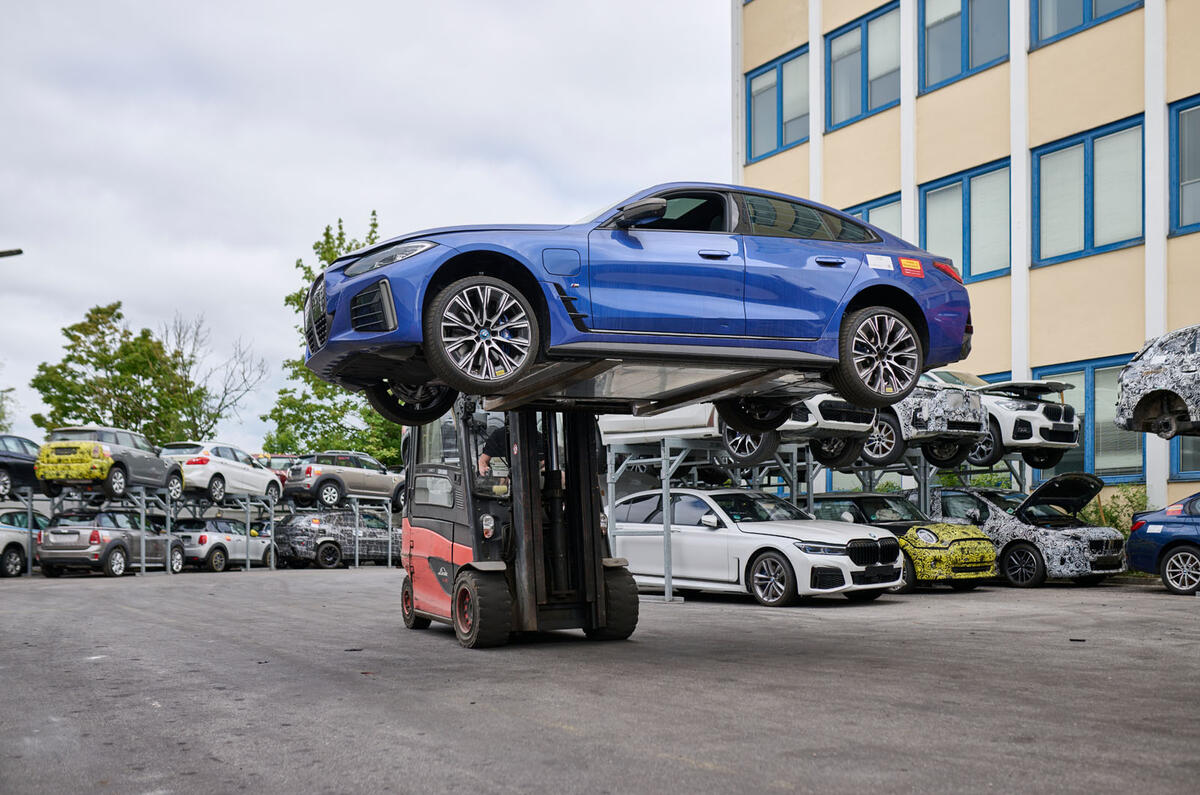
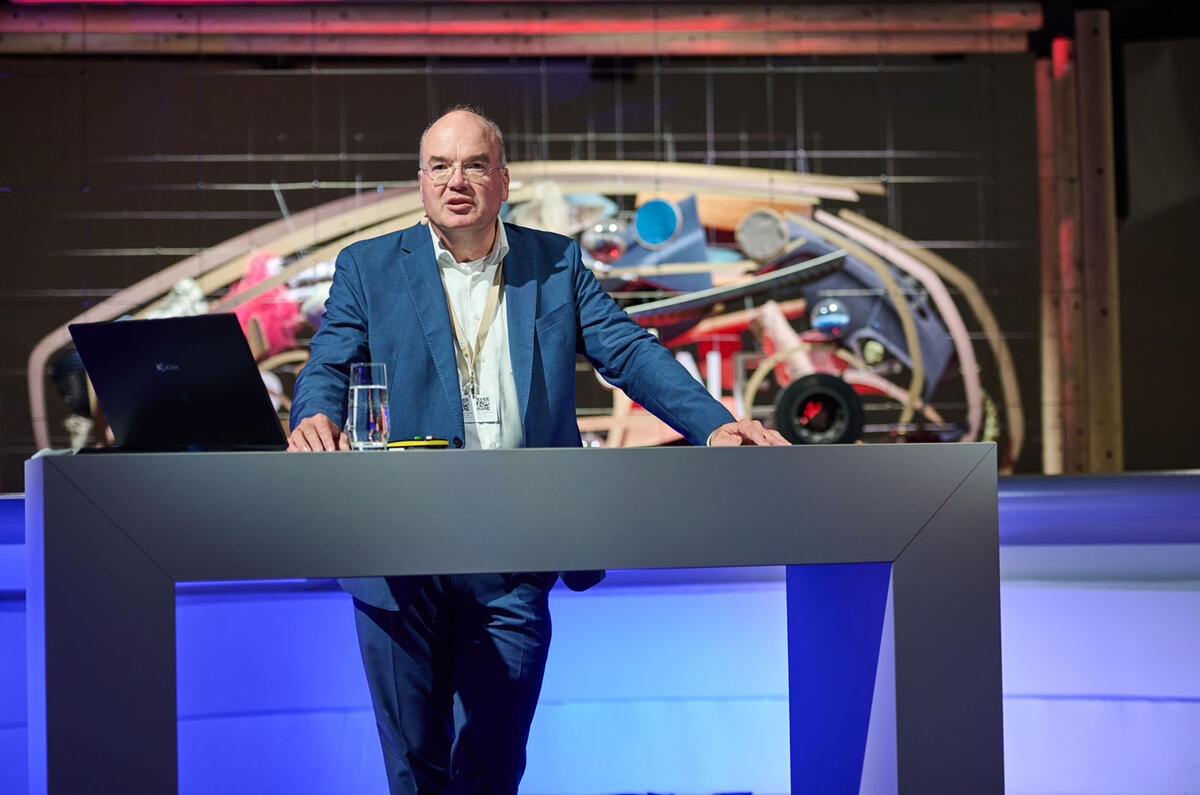
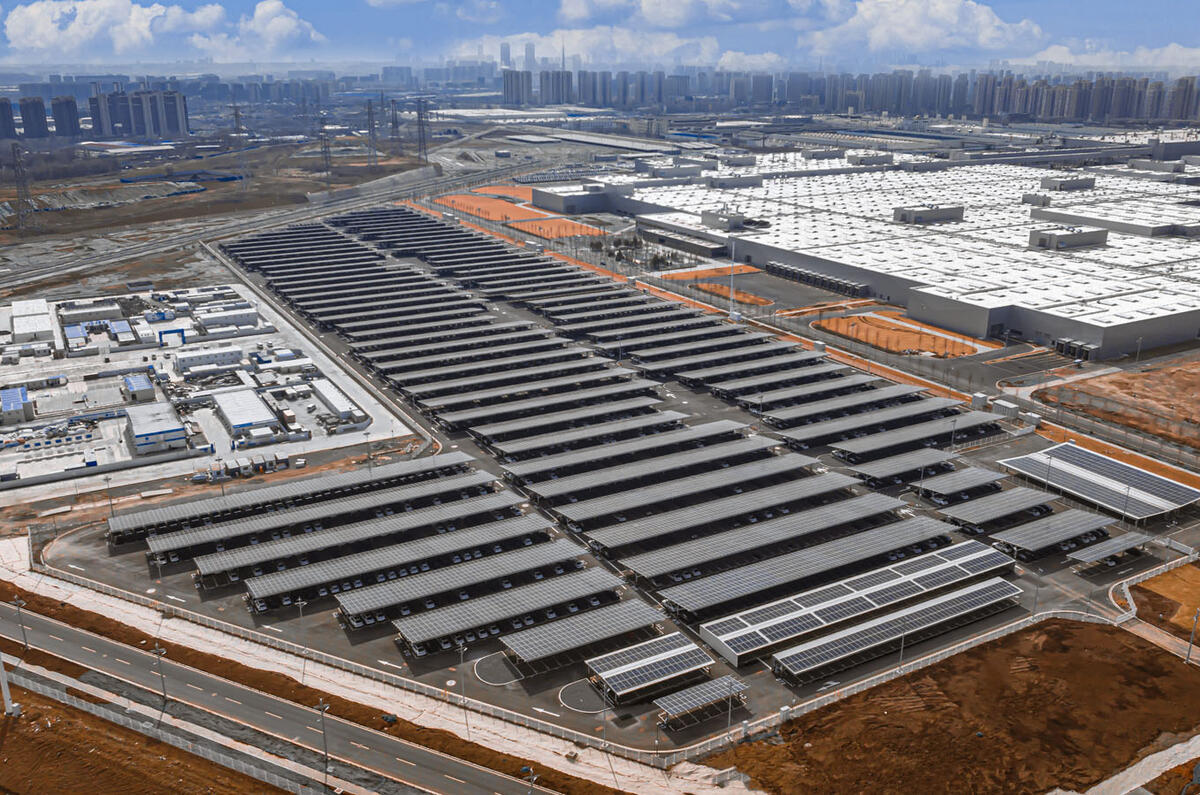
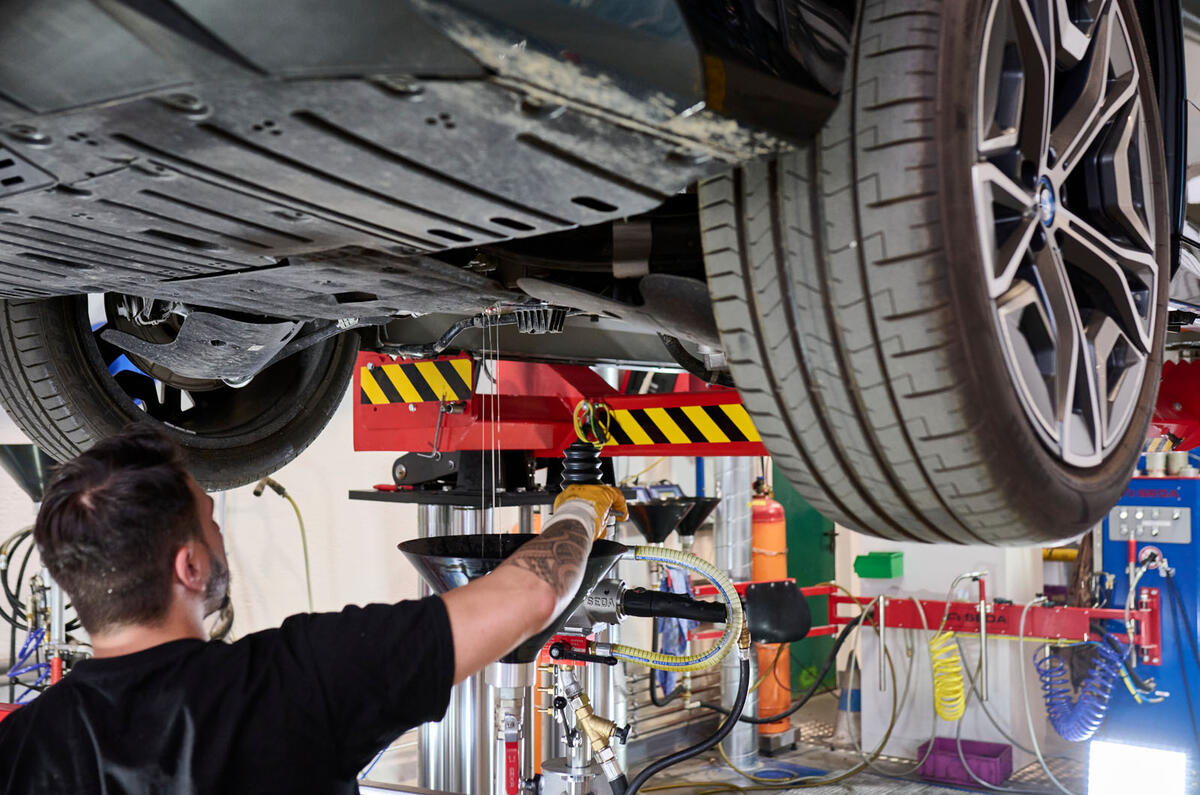
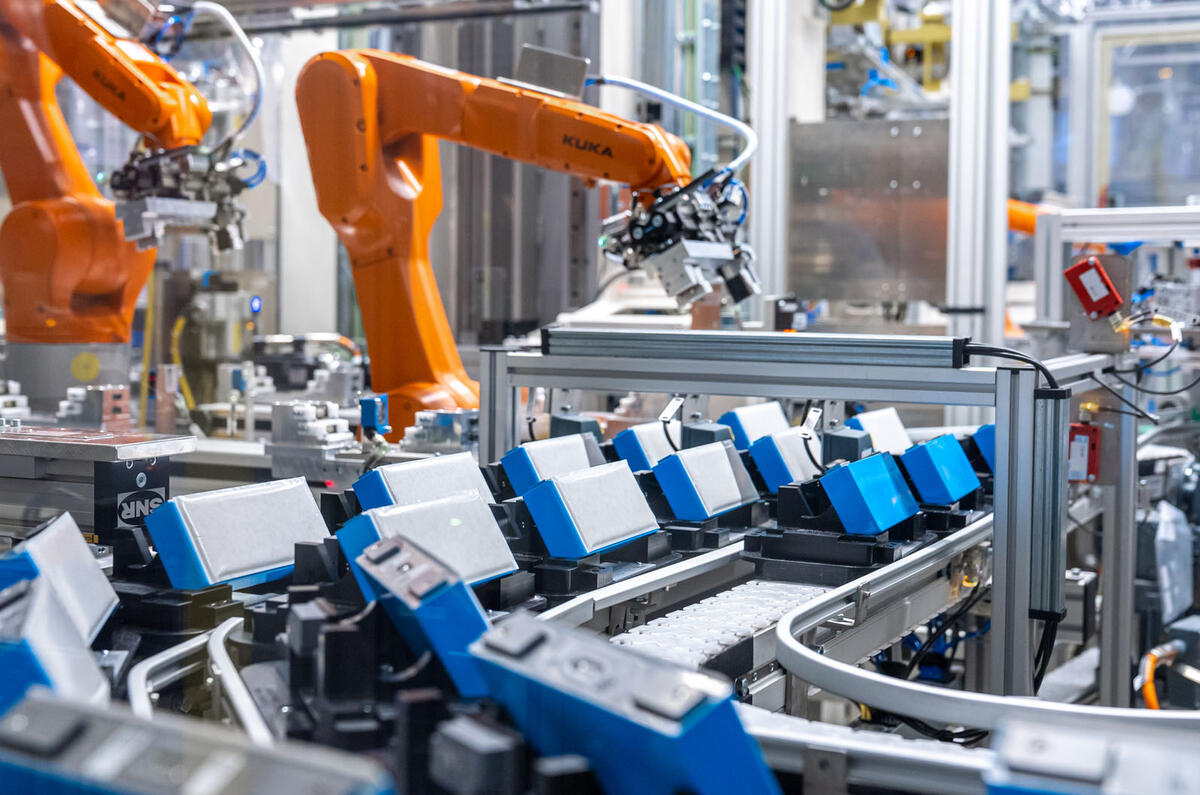
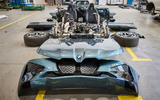
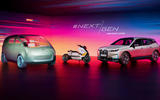
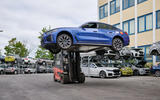
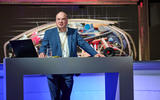
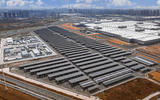
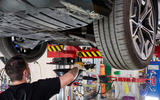
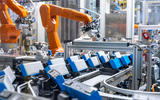





Add your comment